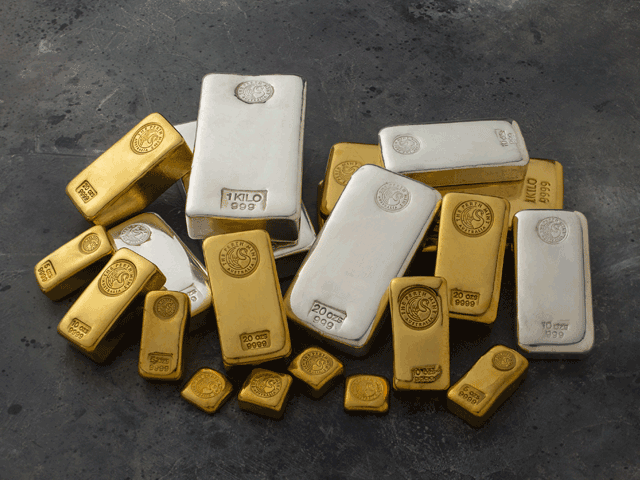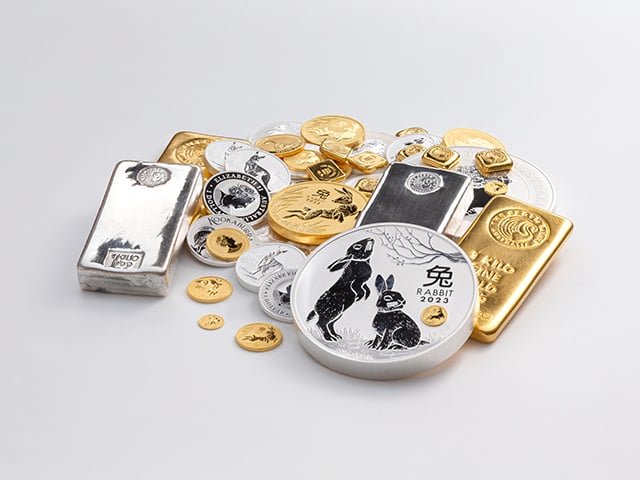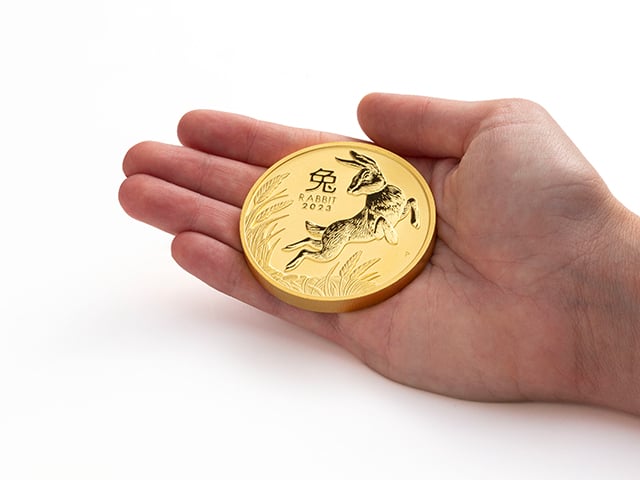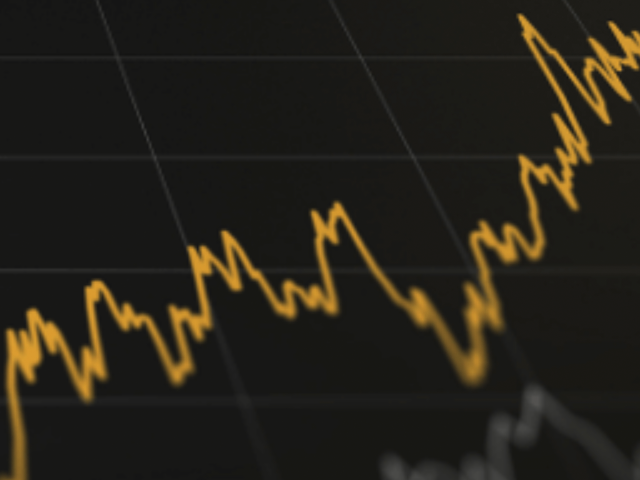Why gold isn’t just a boomer investment

When people think of gold, they often assume it’s a “Boomer” investment, popular only with people who are 50+ years of age, and either approaching retirement, or already enjoying their golden years.
While there is some truth to this, with SMSF trustees for example leading the charge into gold investments in the past few years, there has also been a notable uptick in gold demand from millennial Australians, with demand coming from males and females alike.
Several factors have contributed to this rise, including:
- Record low cash rates which are encouraging investors and savers to move money (which is losing real value once you take inflation into account) out of their bank accounts and into other assets like gold.
- The launch of investment apps and trading platforms, many of which are millennial focused and offer access to gold as part of their investment menu.
- Greater engagement in superannuation by younger Australians, as they realise that for most people in their demographic, it will be the largest financial asset they build over their working lives.
- COVID-19 related lockdowns, which, despite the obvious negative effects, have as a general rule given people more time to spend on engaging in their investments and in financial markets.
The ease of accessing gold as an investment, which has increased through the launch of ETFs and savings and trading apps has helped grow the gold market amongst millennial investors.
Perth Mint data highlights this, with GoldPass, our mobile based trading and savings app seeing its user base double in the last twelve months.
Meanwhile, back in 2015, our ASX listed ETF Perth Mint Gold (ASX:PMGOLD) had just 5% of its investor base holding 100 shares or less. By 2020, this had grown to 15% of all investors, a good portion of which are millennial investors.
The uptick in gold demand from a younger demographic, and the use of gold ETFs to access the asset class aligns with financial market industry trends.
Recently published research from State Street suggests 47% of new investors in ETFs are now millennials, up from just 24% in 2001, with State Streets head of SPDR ETF Asia Pacific distribution, Meaghan Victor, stating: “Better financial education and improvements in technology have helped make ETFs more accessible to younger Australians. Millennials are the ETF generation of the 2020s.”
The gender gap is also narrowing when it comes to investments in these vehicles. Back in 2001, just 10% of ETF investors were female, a number that has increased to 25% today, with estimates suggesting gender parity in ETF adoption could be reached within five years.
This can’t help but be positive for gold demand over time, if for no other reason than the ETF market itself is set to continue growing. In the last three years, the ETF market has grown from AUD 42 billion to AUD 116 billion, with some analysts expecting it will hit AUD 225 billion in the next three years.
The table below shows the market value and percentage of the ETF market dedicated to gold investments, and how large they may become in the next three years if they maintain their current market share.
Date
ETF market (billion)
Gold ETF's (billion)
Gold ETF's (% of total ETF market)
July 18
41.15
0.79
1.91 %
July 21
122.73
3.08
2.51%
August 24*
225.00
6.28
2.51 %
Source: ASX
*August 24 based on industry forecasts
More than AUD 3 billion of money could find its way into gold ETFs in the coming years, with much of the inflows driven by millennial investors, a growing proportion of which are female.
If anything, these numbers may end up understating the level of gold demand we’ll see in years to come. While the precious metal has spent most of the last year in a consolidation phase, expensive financial markets, low to negative yields on assets like bonds, and the threat of rising inflation may well see investors increase their exposure to gold as a percentage of their total portfolio going forward.
Survey data, including this research piece from The World Gold Council, looks at potential asset allocation plans for institutional investors in the next few years, suggesting this is exactly what will happen.
Gold ETFs won’t be the only vehicle investors consider. Institutions through to millennial investors will have a suite of products to access gold and grow their wealth, including trading and savings apps like GoldPass, depository services like those offered by The Perth Mint, and physical bar and coin holdings holdings.
DISCLAIMER
Past performance does not guarantee future results. The information in this article and the links provided are for general information only and should not be taken as constituting professional advice from The Perth Mint. The Perth Mint is not a financial adviser. You should consider seeking independent financial advice to check how the information in this article relates to your unique circumstances. All data, including prices, quotes, valuations and statistics included have been obtained from sources The Perth Mint deems to be reliable, but we do not guarantee their accuracy or completeness. The Perth Mint is not liable for any loss caused, whether due to negligence or otherwise, arising from the use of, or reliance on, the information provided directly or indirectly, by use of this article.















